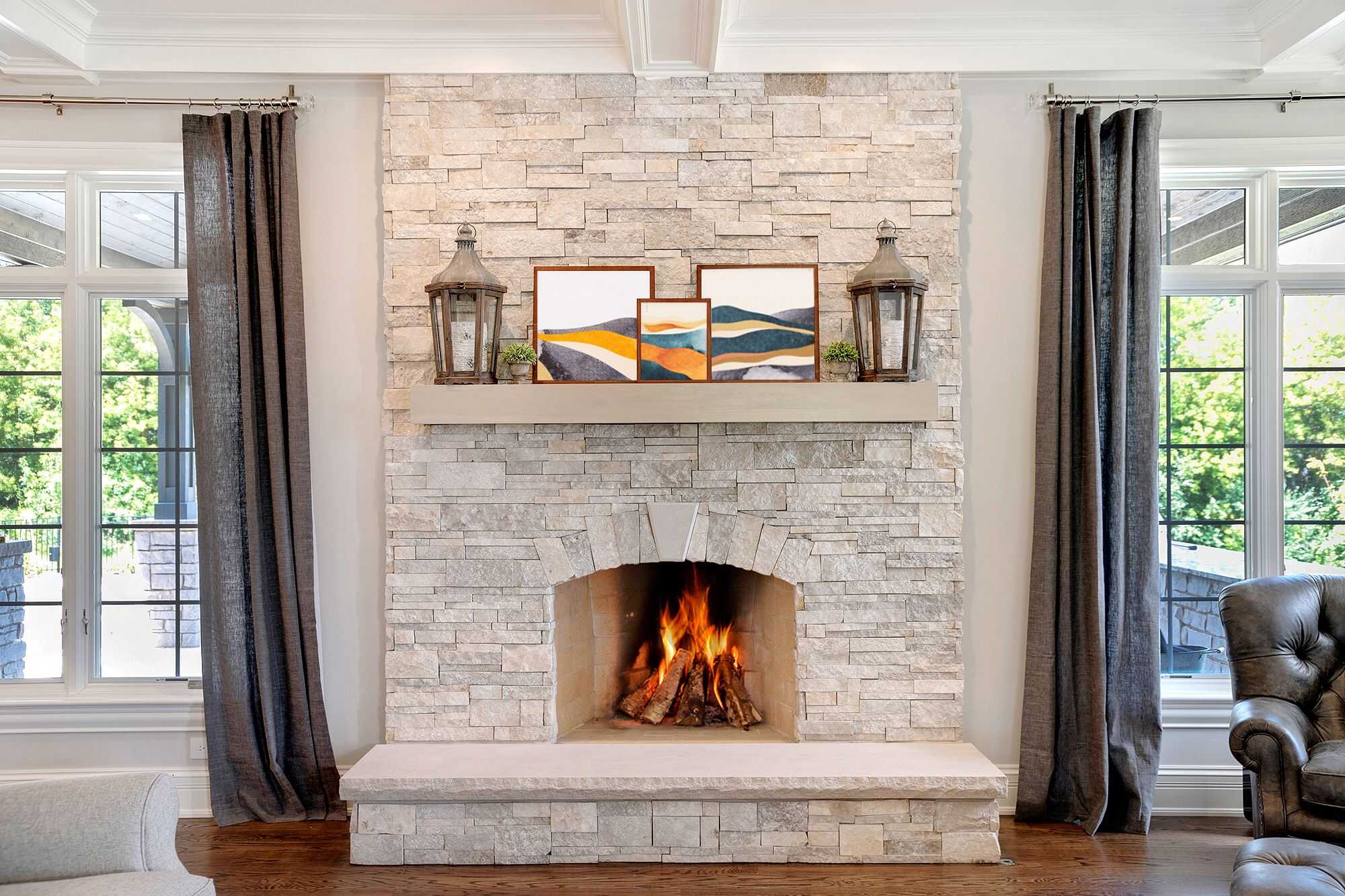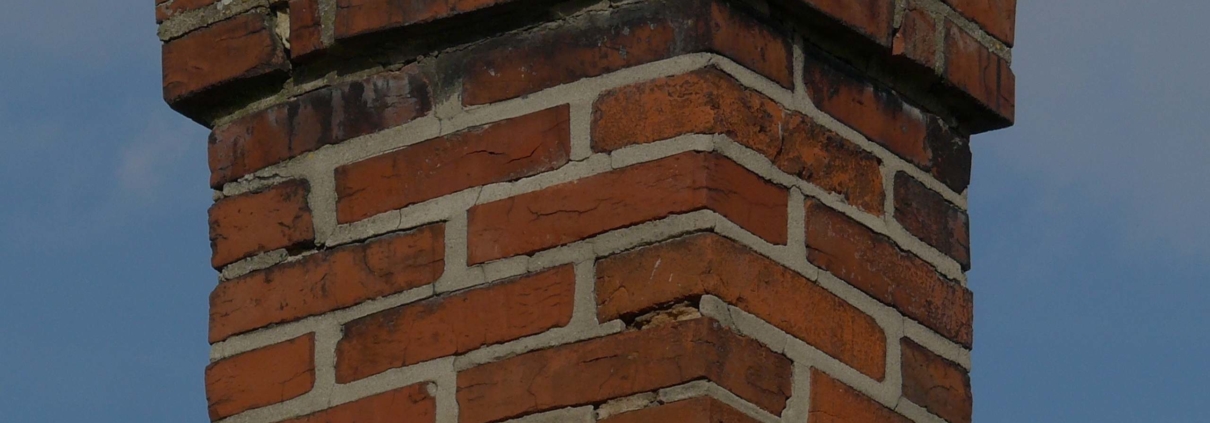When it comes to chimney and fireplace repair, safety and efficiency should always be top priorities. In this comprehensive guide, we’ll delve into the essential aspects of chimney inspection, fireplace repair, and safety measures. We’ll also explore design and aesthetic considerations to enhance the beauty and functionality of your chimney and fireplace.
From detecting common signs of damage to performing structural repairs, our expert insights will empower you with the knowledge to maintain and restore your chimney and fireplace to their optimal condition.
Chimney Inspection and Maintenance: Chimney And Fireplace Repair
Chimney inspection and maintenance are crucial for ensuring the safety and efficiency of your fireplace. Regular inspections can identify potential hazards, such as blockages, cracks, or leaks, which can lead to dangerous situations like chimney fires or carbon monoxide poisoning.
Proper maintenance, including cleaning and repairs, helps keep your chimney functioning optimally and prevents costly repairs in the future.
Signs of Chimney Damage
Keep an eye out for these common signs of chimney damage:
- Cracks or crumbling mortar joints
- Missing or damaged chimney cap
- Rust or corrosion on the chimney liner
- Water stains or efflorescence on the chimney exterior
- Obstructions or blockages in the chimney flue
Regular Chimney Maintenance
To maintain your chimney’s health, consider these regular maintenance tasks:
- Annual inspections:Have a qualified chimney sweep inspect your chimney annually, especially before the start of the heating season.
- Cleaning:Remove soot, creosote, and debris from the chimney flue regularly to prevent blockages and reduce the risk of chimney fires.
- Repairs:Address any identified damage promptly, such as repairing cracks or replacing a damaged chimney cap, to prevent further deterioration.
- Chimney cap:Ensure your chimney has a proper chimney cap to prevent water, debris, and animals from entering the flue.
- Chimney liner:If your chimney has a metal or ceramic liner, inspect it regularly for signs of rust, corrosion, or damage, and repair or replace it if necessary.
By following these inspection and maintenance guidelines, you can ensure the safety and longevity of your chimney and fireplace, providing warmth and ambiance to your home for years to come.
Fireplace Repair and Restoration

Fireplaces, as the heart of many homes, require proper maintenance and timely repairs to ensure safety and optimal functionality. Fireplace repair and restoration encompass a wide range of services, from addressing structural issues to restoring cosmetic appeal and enhancing efficiency.
Types of Fireplace Repairs
Fireplace repairs can be categorized into three main types: structural, cosmetic, and functional. Structural repairs involve addressing issues that affect the fireplace’s stability and integrity, such as cracked fireboxes or damaged chimneys. Cosmetic repairs focus on improving the appearance of the fireplace, such as repairing damaged tiles or replacing outdated mantels.
Functional repairs address issues that impair the fireplace’s performance, such as faulty dampers or clogged flues.
Common Fireplace Issues and Repairs
Some of the most common fireplace issues and their corresponding repairs include:
Cracked Firebox
This can be repaired by patching the cracks with a refractory cement or replacing the entire firebox if the damage is extensive.
Damaged Damper
A damaged damper can be repaired by replacing the damper blade or the entire damper assembly.
Faulty Flue
A faulty flue can be repaired by cleaning or replacing the flue liner, or by sealing any leaks or cracks.
Importance of Professional Fireplace Restoration
Professional fireplace restoration is crucial for ensuring the safety and efficiency of your fireplace. A qualified technician can thoroughly inspect your fireplace, identify any potential hazards, and recommend the appropriate repairs or restoration measures. Regular maintenance and professional restoration can extend the lifespan of your fireplace, improve its performance, and prevent costly repairs in the future.
Chimney and Fireplace Safety

Chimneys and fireplaces are convenient amenities that can enhance the ambiance of your home. However, it’s crucial to be aware of potential hazards associated with their use. By understanding these risks and following proper safety guidelines, you can enjoy the warmth and comfort of your fireplace without compromising safety.
Chimney Fires
Chimney fires occur when flammable materials, such as soot and creosote, accumulate within the chimney and ignite. These fires can spread rapidly, causing significant damage to your home and endangering your family. Regular chimney inspections and cleaning are essential to prevent chimney fires.
Carbon Monoxide Poisoning
Carbon monoxide (CO) is an odorless, colorless gas produced by incomplete combustion. When a fireplace is not properly ventilated, CO can leak into your home and cause health problems, including headaches, nausea, and even death. Ensure adequate ventilation by opening windows or doors near the fireplace and installing a carbon monoxide detector in your home.
Structural Collapse
Over time, chimneys can deteriorate due to exposure to the elements and neglect. Cracks, loose bricks, and weakened mortar can compromise the structural integrity of your chimney. Regular inspections can identify potential problems and prevent a chimney collapse that could damage your home or injure someone.
Safe Fireplace Operation, Chimney and fireplace repair
To operate your fireplace safely, follow these guidelines:
- Use only seasoned hardwood as fuel.
- Build small, hot fires to minimize smoke and creosote buildup.
- Open the damper before lighting a fire to ensure proper ventilation.
- Keep a fire extinguisher nearby and know how to use it.
- Never leave a fire unattended.
Regular Inspections and Maintenance
Regular inspections and maintenance are crucial for preventing accidents. A qualified chimney sweep should inspect your chimney annually to check for cracks, blockages, and other potential hazards. They can also clean the chimney to remove soot and creosote buildup. By following these safety guidelines and maintaining your chimney and fireplace, you can enjoy the warmth and ambiance of your fireplace without compromising safety.
Chimney and Fireplace Design and Aesthetics

Chimneys and fireplaces are not only functional elements of a home but also design statements that can enhance the overall aesthetic appeal. From traditional to modern styles, the range of chimney and fireplace designs is vast, catering to diverse tastes and architectural preferences.
Factors to Consider When Choosing a Chimney or Fireplace
When selecting a chimney or fireplace, several factors should be taken into account:
- Material:The material used for the chimney and fireplace, such as brick, stone, or metal, will impact its durability, efficiency, and appearance.
- Size:The size of the chimney and fireplace should be proportionate to the size of the room and the intended use.
- Architectural Compatibility:The design of the chimney and fireplace should complement the architectural style of the home.
Enhancing the Aesthetics of Chimneys and Fireplaces
In addition to the choice of chimney and fireplace, there are several ways to enhance their aesthetics:
- Decorative Elements:Decorative elements, such as mantels, tiles, or artwork, can add visual interest and personality to the fireplace area.
- Lighting:Proper lighting can highlight the architectural features of the chimney and fireplace, creating a warm and inviting ambiance.
- Accessories:Accessories, such as fireplace screens, andirons, and logs, can complete the look of the fireplace and make it more functional.
Closing Notes

By following the guidelines Artikeld in this guide, you can ensure that your chimney and fireplace are safe, efficient, and visually appealing. Remember, regular inspections, proper maintenance, and professional repairs are crucial for preventing accidents and extending the lifespan of your heating system.
So, whether you’re experiencing issues with your fireplace or simply want to enhance its functionality and aesthetics, this guide has everything you need to make informed decisions and keep your home warm and cozy for years to come.
